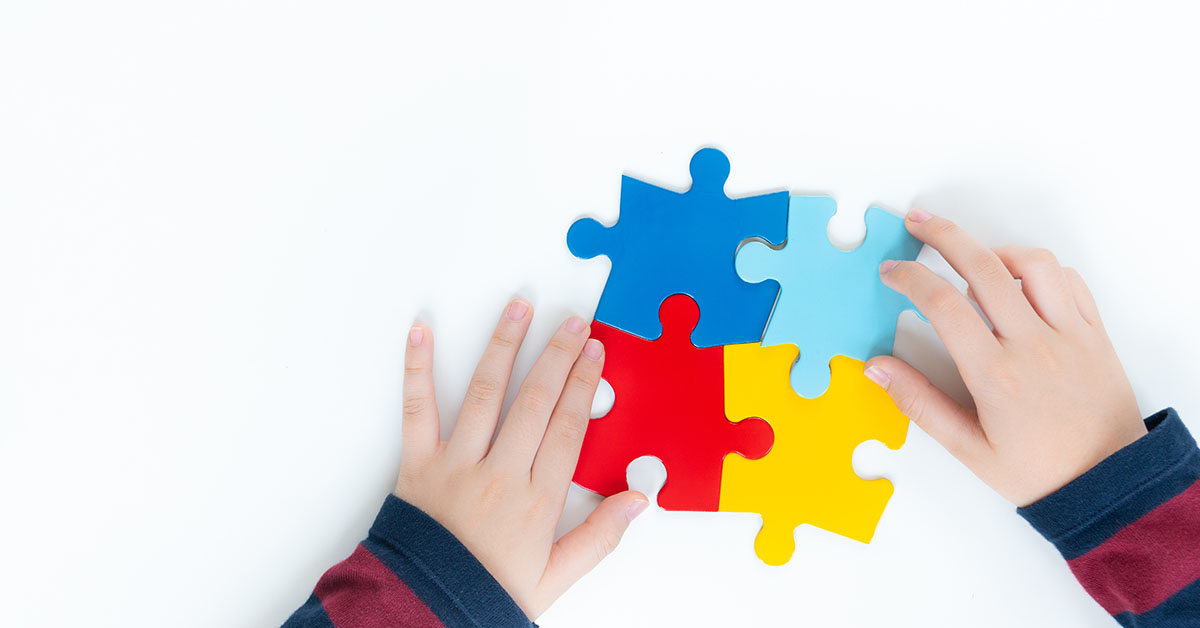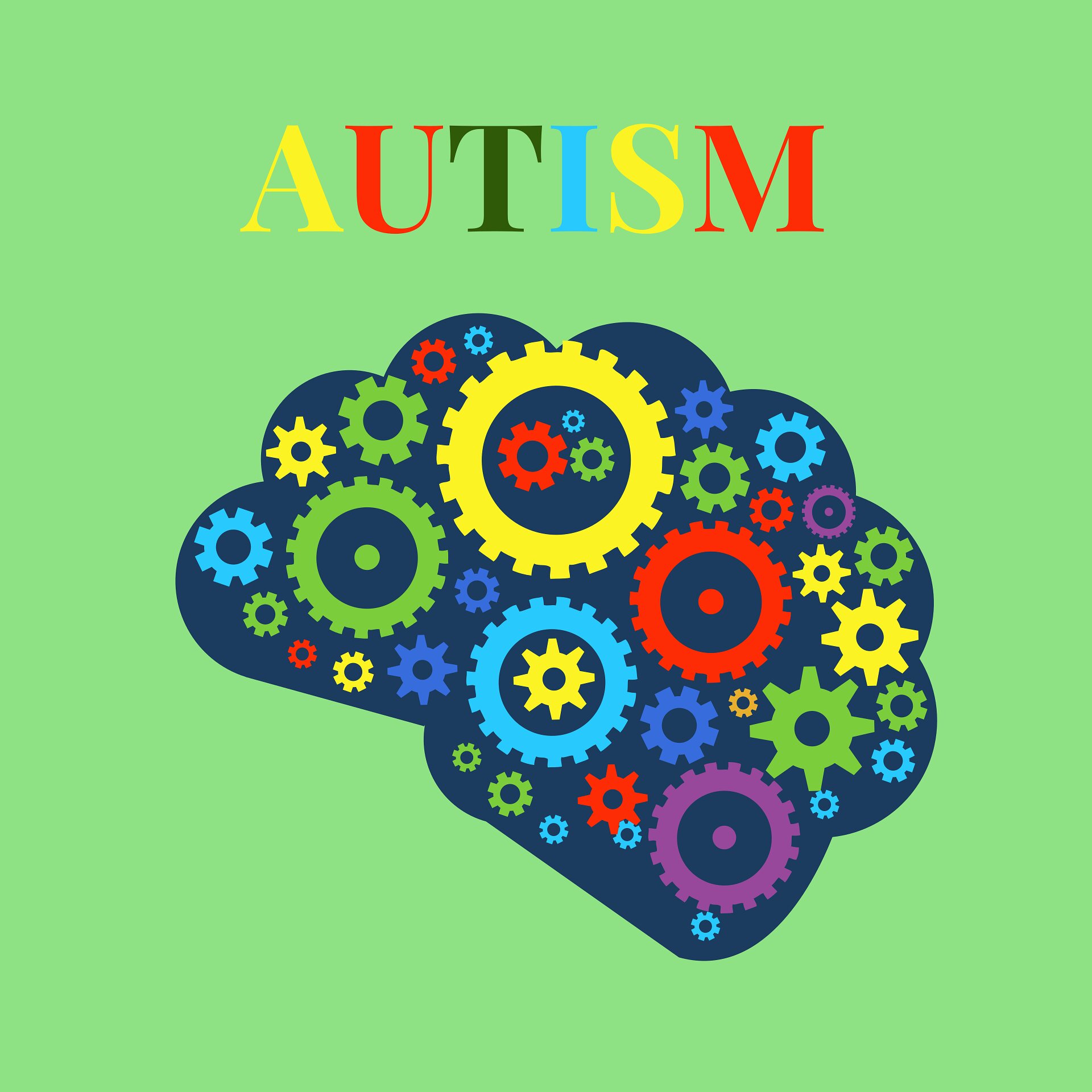Exactly how to Create an Inclusive Atmosphere for Buddies and Family Members with Autism
Exactly how to Create an Inclusive Atmosphere for Buddies and Family Members with Autism
Blog Article
Discovering Autism: Approaches for Reliable Communication and Communication
Reliable communication and communication with people on the autism range necessitate a comprehensive understanding of their one-of-a-kind demands and choices. The intricacies of these methods reveal additional factors to consider that merit exploration, particularly in just how they can be adjusted to specific experiences and varied contexts.
Recognizing Autism Range Problem
Autism Spectrum Disorder (ASD) incorporates a range of neurodevelopmental problems defined by challenges in social communication, communication, and repetitive habits. The term "spectrum" shows the diverse symptoms and varying degrees of extent experienced by individuals with ASD. While some might display substantial impairments, others may present high-functioning qualities, enabling higher independence in day-to-day live.
The start of ASD normally occurs in very early childhood, with indicators commonly recognizable by age 2. Early indicators may consist of postponed speech development, minimal eye contact, and problems in understanding social signs. The specific etiology of ASD continues to be vague, research suggests a combination of hereditary and environmental factors plays an important duty in its development.
As a result, interventions and support customized to specific needs are necessary for cultivating communication and social abilities. Acknowledging the complexity of ASD is crucial for advertising recognition, approval, and reliable techniques that assist in significant interactions with individuals on the spectrum.

Relevance of Clear Communication
Reliable interaction is crucial for fostering understanding and connection, especially for people with Autism Range Problem (ASD) Clear interaction not just facilitates social interactions but likewise improves the individual's ability to express their emotions, demands, and ideas. For people with ASD, the nuances of language can usually be testing; consequently, utilizing straightforward and distinct language is important.
In addition, clear interaction helps in reducing aggravation and anxiety that might occur from misconceptions. When messages are conveyed in a straight and constant fashion, individuals with ASD are much better furnished to translate information accurately, which can considerably improve their social engagement and participation in different settings.
Establishing regimens and utilizing visual assistances can even more reinforce clear communication. These methods give individuals with predictable structures that assist comprehension and retention of information. Additionally, actively paying attention and being client throughout communications promotes a helpful environment where people with ASD really feel valued and understood.
Eventually, prioritizing clear interaction not only equips individuals with ASD yet likewise fosters even more meaningful connections with their peers, caretakers, and the bigger community, leading the way for inclusive interactions and collaborative partnerships. - autism
Non-Verbal Interaction Strategies
Communication expands past words, and for people with Autism Spectrum Problem (ASD), non-verbal hints play a substantial function in interactions. Non-verbal interaction methods can include faces, gestures, body language, and eye call, every one of which work as important elements for conveying intents and feelings.
Comprehending and translating these non-verbal signals can enhance interactions with individuals with ASD. As an example, a cozy smile or open stance can develop a welcoming atmosphere, urging engagement. Similarly, using visual help-- such as image cards or symbols-- can connect interaction spaces and aid communicate messages better.
It is also important to be mindful of personal area, as individuals with ASD may have various convenience degrees relating to proximity. Observing their reactions to physical closeness can inform proper changes.

Developing Helpful Atmospheres
Producing a supportive setting is crucial for fostering positive interactions and boosting the wellness of individuals with Autism Spectrum Disorder (ASD) Such settings can dramatically decrease stress and anxiety and produce a sense of safety, permitting people to share themselves extra openly.
To achieve this, it is important to consider sensory sensitivities that people with ASD might experience. Modifying the physical space to consist of soft lights, very little background sound, and comfy seats can develop a relaxing atmosphere. Furthermore, utilizing consistent regimens and clear visual timetables can help people prepare for shifts and lower uncertainty, additional advertising convenience.
Social spaces ought to be structured to decrease overwhelming stimulations while giving chances for interaction in preferred activities. Helping with locations assigned for silent time can additionally act as a haven during minutes of tension. Significantly, integrating elements of option empowers individuals, Visit This Link enabling them to exercise company in their atmosphere.

Urging Social Interactions
Cultivating social interactions among people with Autism Range Disorder (ASD) requires willful strategies that focus on convenience and interaction. Establishing foreseeable routines can help in reducing anxiety, making social settings extra approachable. Creating organized settings with defined obligations and functions allows people to involve without the frustrating stress of unstructured social characteristics.
Incorporating passions and staminas right into social tasks can serve as a driver for interaction. As an example, organizing team activities around shared hobbies or subjects of fascination can facilitate all-natural conversations and connections. In addition, using aesthetic supports, such as social manuscripts or photographic timetables, can aid in comprehending social hints and assumptions.
Designing ideal social habits is essential - autism. Grownups and peers need to show reliable communication strategies, consisting of energetic listening and turn-taking. Role-playing circumstances can likewise supply a safe area for people to exercise these skills
Finally, cultivating peer relationships with comprehensive methods is essential. Encouraging inclusive playdates or team getaways can create opportunities for socializing in my website a comfy setup. By executing these educators, caretakers and approaches can substantially boost social communications for people with ASD, advertising their total social development and well-being.
Final Thought
In verdict, efficient interaction and communication methods are important for supporting individuals with Autism Spectrum Disorder. Ultimately, these approaches encourage people with autism to navigate social landscapes, promoting their total well-being and enabling the advancement of long lasting connections.
Effective communication and communication with individuals on the autism spectrum require a thorough understanding of their special requirements and choices. Clear interaction not just promotes social communications yet also boosts the individual's capability to reveal their feelings, ideas, and requirements.Fostering social communications amongst individuals with Autism Range Problem (ASD) requires intentional techniques that prioritize convenience i was reading this and involvement. By applying these instructors, caregivers and methods can considerably improve social communications for individuals with ASD, advertising their overall social advancement and health.
In conclusion, efficient interaction and communication techniques are vital for sustaining people with Autism Spectrum Disorder.
Report this page